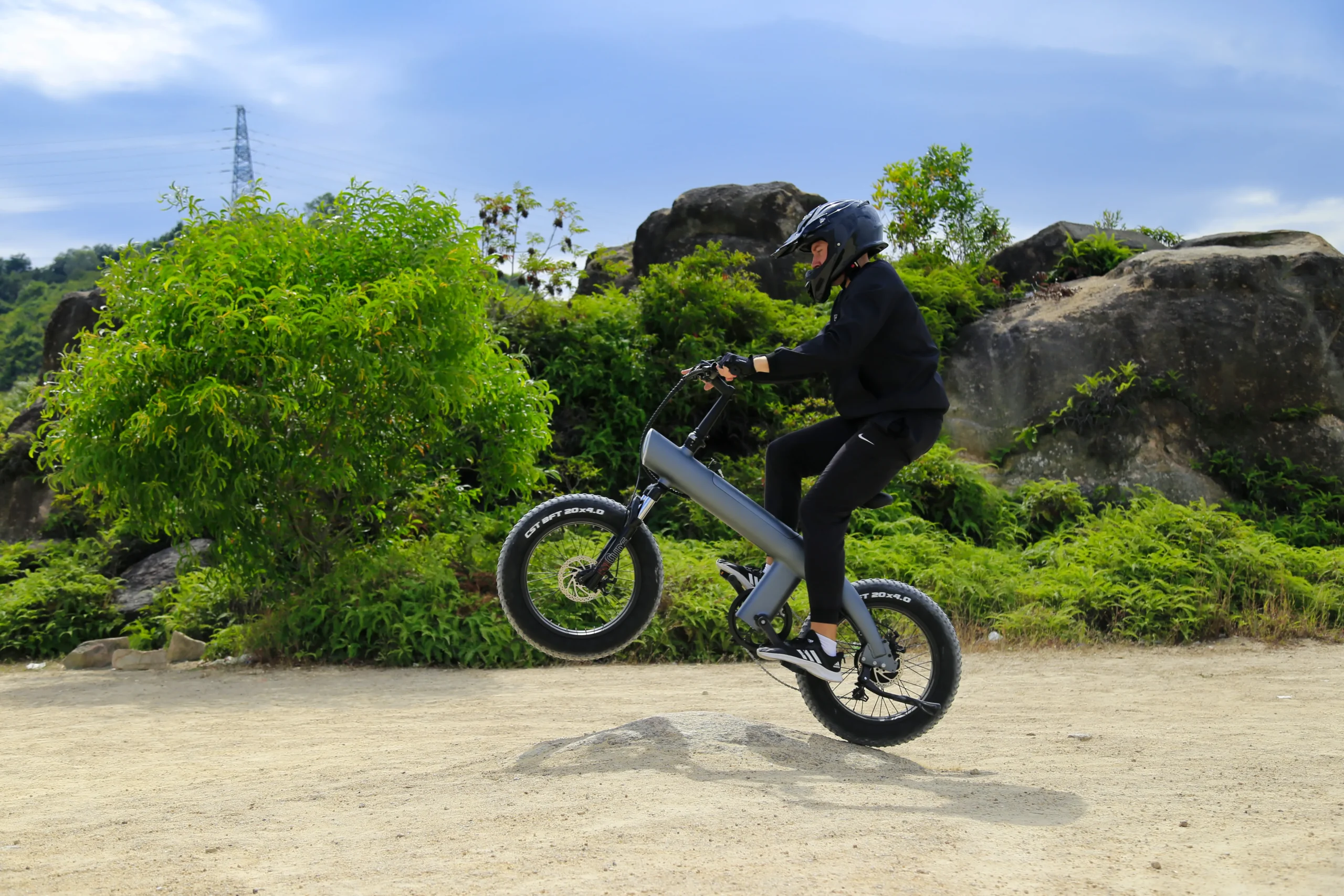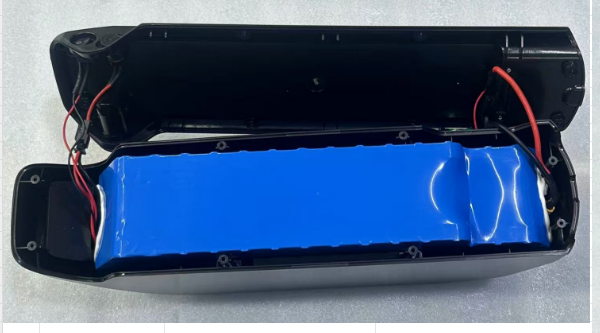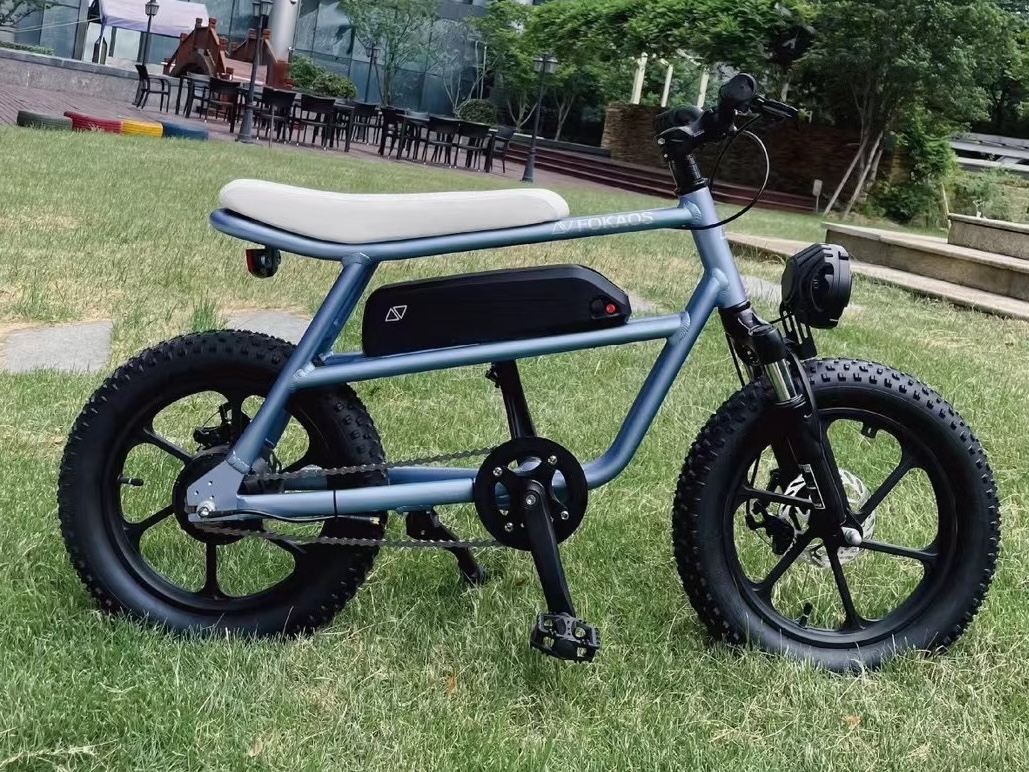Are you considering buying an electric motorcycle but unsure about the type of batteries used in them? Or are you simply curious about how the batteries in electric motorcycles work? Either way, this article is for you. In this post, we’ll explore what batteries are commonly used in electric motorcycles, how they work, and what to consider when choosing an electric motorcycle based on its battery.
Types of Batteries
There are two main types of batteries used in electric motorcycles: lead-acid batteries and lithium-ion batteries.
Lead-Acid Batteries
Lead-acid batteries are the oldest and most widely used type of rechargeable battery. They consist of lead plates immersed in an electrolyte solution of sulfuric acid. These batteries have a low energy density, which means they can’t store as much energy as lithium-ion batteries. They are also heavy and bulky, which makes them unsuitable for use in electric motorcycles.
However, lead-acid batteries have some advantages over lithium-ion batteries. They are cheaper, easier to manufacture, and more durable, with a longer lifespan. They are also more stable and less prone to catching fire or exploding, making them a safer option.
Lithium-Ion Batteries
Lithium-ion batteries are the most common type of battery used in electric motorcycles. They consist of one or more cells that contain a lithium-ion electrolyte. These batteries have a higher energy density, which means they can store more energy than lead-acid batteries. They are also smaller, lighter, and more flexible in terms of design.
Lithium-ion batteries have some disadvantages too. They are more expensive and less durable than lead-acid batteries, with a shorter lifespan. They are also more sensitive to temperature and require complex management systems to prevent overcharging or overheating. Lithium-ion batteries are also more prone to catching fire or exploding in extreme conditions.
Table: Lead-Acid vs. Lithium-Ion Batteries
| Lead-Acid Batteries | Lithium-Ion Batteries | |
| Energy Density | Low | High |
| Weight | Heavy | Light |
| Size | Bulky | Compact |
| Cost | Cheap | Expensive |
| Lifespan | Shorter | Long |
| Safety | Safer | Less Safe |
| Maintenance | Low | High |
| Environment pollution | yes | no |
| recycle % | 30% | 90% |
Li-ion batteries are the common type of battery used in electric motorcycles today. They’re lightweight, have a high energy density, and a long lifespan. They’re also more environmentally friendly , as they don’t contain toxic chemicals.
Now let’s dive deeper into lithium ion batteries.
Lithium-Ion Battery Configurations
Lithium-ion batteries are available in various configurations, depending on the voltage and capacity required for an electric motorcycle. The most common lithium-ion battery cell types are 18650 and 21700, while some use rectangular or prismatic cells.
Cylindrical batteries are more compact and generally have a lower manufacturing cost, but they have lower energy and power densities, which can affect the range and performance of an electric motorcycle. They also have better thermal performance and durability, which can be important in high-temperature environments.
Prismatic batteries, on the other hand, have higher energy and power densities, which can improve the range and performance of an electric motorcycle. However, they are larger and less compact, which can limit their use in certain applications. They also have worse thermal performance and durability compared to cylindrical batteries.
In terms of safety, cylindrical batteries are generally considered to be safer than prismatic batteries due to their more robust construction and better thermal stability. However, both types of batteries can be safe if properly designed and manufactured.
Ultimately, the choice between cylindrical and prismatic batteries for an electric motorcycle will depend on the specific requirements of the application, including factors such as size, range, performance, and cost.
Here is a comparison table for the two types:
| Criteria | Cylindrical | Prismatic |
|---|---|---|
| Shape | Cylindrical | Rectangular/Prism |
| Size | Smaller | Larger |
| Energy density | Lower | Higher |
| Power density | Lower | Higher |
| Heat dissipation | Better | Poorer |
| Cost | Cheaper | More expensive |
| Reliability | Good | Good |
| Safety | Good | Good |
| Manufacturing | Mature | Evolving |
Assembling Electric Motorcycle Batteries
The assembly of electric motorcycle batteries involves putting together a group of individual battery cells in a specific configuration to create a battery pack. This process requires careful attention to detail and expertise in handling battery components. One common configuration for electric motorcycle batteries is to connect multiple cells in series to increase the voltage of the pack, and then connect multiple sets of series cells in parallel to increase the capacity of the pack. This configuration allows the battery pack to meet the voltage and capacity requirements of the electric motorcycle.
The process involves several steps, including:

Cell selection: Choosing the right type and size of battery cells is crucial to ensure optimal performance and safety. Generally, lithium-ion batteries with a high energy density and long cycle life are preferred for electric motorcycle applications. Common cell formats include (a)cylindrical, (b)prismatic, and (c)pouch cells.

Cell sorting: Before assembling the cells into a battery pack, they need to be prepared by cleaning and conditioning the surfaces, checking their voltage and capacity, and matching them based on their characteristics.

Cell welding: Depending on the desired voltage and capacity, the cells are arranged in series or parallel configurations, using auto welding machine to assemble them together.

Battery management system (BMS) integration: A BMS is a crucial component of the battery pack that monitors and controls the charging, discharging, and temperature of the cells, as well as providing safety features such as overcurrent and overvoltage protection. Integrating the BMS with the battery pack requires precise wiring and programming.
TOP 4 BMS Manufacturers for light Electric vehicles in China:
-
- JIABAIDA
-
- BESTWAY
-
- DALY
-
- Super power

Enclosure design and assembly: To protect the battery pack from external damage and ensure proper ventilation and cooling, an enclosure is usually designed and assembled around the cells and the BMS, using materials such as aluminum, steel, or plastic.

Testing and quality control: Before the battery pack is shipped or installed in the motorcycle, it needs to undergo various tests and inspections to verify its performance, safety, and reliability. These tests may include capacity and impedance measurements, thermal and environmental stress testing, and safety certifications.
Brands of Lithium-Ion Cells Used in Electric Motorcycle Batteries
Several brands of lithium-ion cells are commonly used in electric motorcycle batteries, including Chinese brand EVE, LISHEN, CHAM, Sinowatt etc. and international branded cells like Samsung, LG, Panasonic, and Tesla. These brands have a reputation for producing high-quality cells with consistent performance and low failure rates. However, it is important to note that not all cells from a particular brand are created equal. For example, different models within a brand may have different characteristics in terms of capacity, discharge rate, and cycle life. It is important to choose a cell that meets the specific requirements of the electric motorcycle and has a proven track record of reliable performance.
Here are some popular lithium-ion battery configurations for electric motorcycles:

It’s important to note that battery configurations can vary depending on the manufacturer and the specific requirements of the e-motorcycle.
How do electric motorcycle batteries work?
Electric motorcycle batteries work by storing electrical energy in chemical form and then converting it back into electrical energy when needed. When the battery is charged, electrical energy is stored in the form of chemical energy in the battery’s cells. When the motorcycle is turned on, the chemical energy is converted back into electrical energy, which powers the motorcycle’s motor.
In order to charge an electric motorcycle battery, it needs to be plugged into a charging station or a regular electrical outlet. The charging process can take several hours, depending on the size of the battery and the charging rate.
What to consider when choosing an electric motorcycle based on its battery?
When choosing an electric motorcycle based on its battery, there are several factors to consider:
Battery capacity
Battery capacity determines how far the motorcycle can travel on a single charge. The higher the battery capacity, the longer the range of the motorcycle. However, higher capacity batteries are also heavier and more expensive.
Charging time
Charging time is the amount of time it takes to charge the battery fully. Faster charging times are desirable, as they allow you to spend less time waiting for the battery to charge. However, faster charging times can also put more strain on the battery and reduce its lifespan.
Battery lifespan
Battery lifespan determines how long the battery will last before it needs to be replaced. The longer the battery lifespan, the less frequently you’ll need to replace the battery, which can save you money in the long run.
Battery safety
Battery safety is an essential factor to consider when choosing an electric motorcycle. Li-ion batteries, in particular, require careful handling to prevent overheating and explosions. Make sure to choose a motorcycle with a reliable and safe Battery Management System (BMS).
Warranty:
The supplier should offer a warranty that covers the battery for at least 1-3 years.
Price
Compare prices from different suppliers to ensure you are getting a fair price for the battery, not the lowest or highest.
Certification
Check if the supplier’s batteries have been certified by regulatory bodies such as MSDS, UN38.3, CE, and RoHS etc.
In conclusion, the type of battery used in an electric motorcycle has a significant impact on its performance, range, and overall efficiency. While lead-acid batteries are cheaper, lithium-ion batteries offer greater energy density and longer lifespan, making them more suitable for electric motorcycles. When choosing a lithium-ion battery supplier, it’s important to consider factors such as quality, certification, cost, customer service, and warranty.





中.jpeg)
